While content marketing may be the trend du jour, content isn’t just for marketing. Content is everywhere: It’s the article that helps sales secure a coveted meeting, the memo from HR that announces a new acquisition, the personalized deck from account managers that keeps clients up to speed.
While content for other departments besides marketing can often be just as important, it almost never receives the same amount of attention. That deck from the account managers may be riddled with errors or stray from the company’s signature voice. These mistakes happen all the time, and they wind up wasting a lot of time and money.
Despite usually being associated with the marketing department, high-quality content is vital for every department across the enterprise. Here’s how brands are finding ways to use it throughout their organizations.
Customer success
Regardless of industry, it’s critical for companies to master search. Brands are all competing to understand SEO and have the most effective paid search campaigns. So Google decided to create educational materials that would show marketers how to use its suite of tools.
On AdWords, for example, customers can find a “Setup and Basics” page. From here, Google walks you through a step-by-step process for creating, managing, measuring, and optimizing your campaigns. Additionally, Google sends out customer emails with short video tutorials on updated features and emerging best practices.
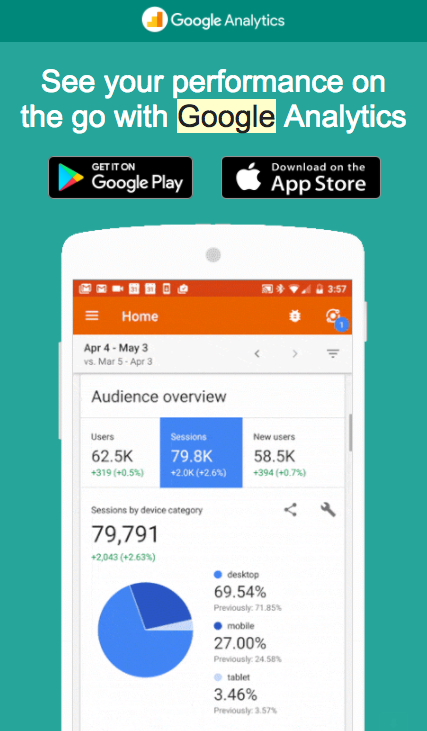
Google is so dominant that it could get away with just letting marketers figure out how to use its products on their own, but the search giant understands how important it is to snag customers and nurture them in a way that keeps them successful.
The same mindset applies for some tech-focused B2C companies. Netflix, Pulsd, and Wildfang, for example, do a great job finding their way into your inbox to say, “Hey customer, here’s something you might like.”
Internal communications
Last year, GE won PR Week’s Internal Communications Campaign of the Year for using its internal newsroom to educate union employees on an upcoming labor contract vote. The campaign’s app and website, designed specifically for employees, corrected misinformation about contracts and provided real-time feedback from those who would be affected by the vote.
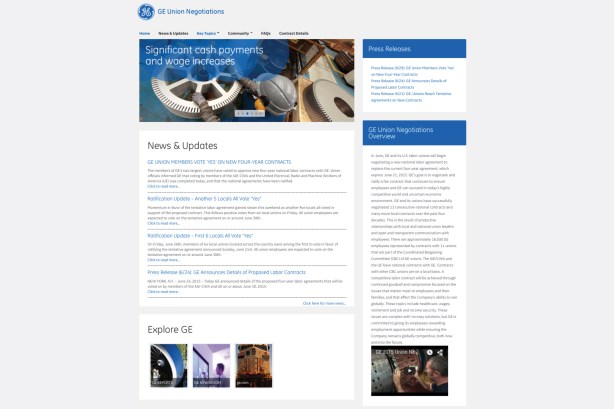
The campaign is part GE’s larger mission to deliver value for its employees. The energy company has even developed an internal platform, My GE, where people can share their own stories. The internal comms team, much like an editorial team, works with colleagues to create and distribute their experiences. According to a Forbes interview with GE’s VP and chief communications officer Deirdre Latour, that system is getting positive reviews throughout the company.
Product
Most people think of Vox as the millennial outlet for video explainers that cover everything from the rise of right-wing nationalism in Japan to how the bicycle played a role in the women’s movement. Vox covers politics, culture, science, and technology—as you might expect—but it also has a blog dedicated to product news.
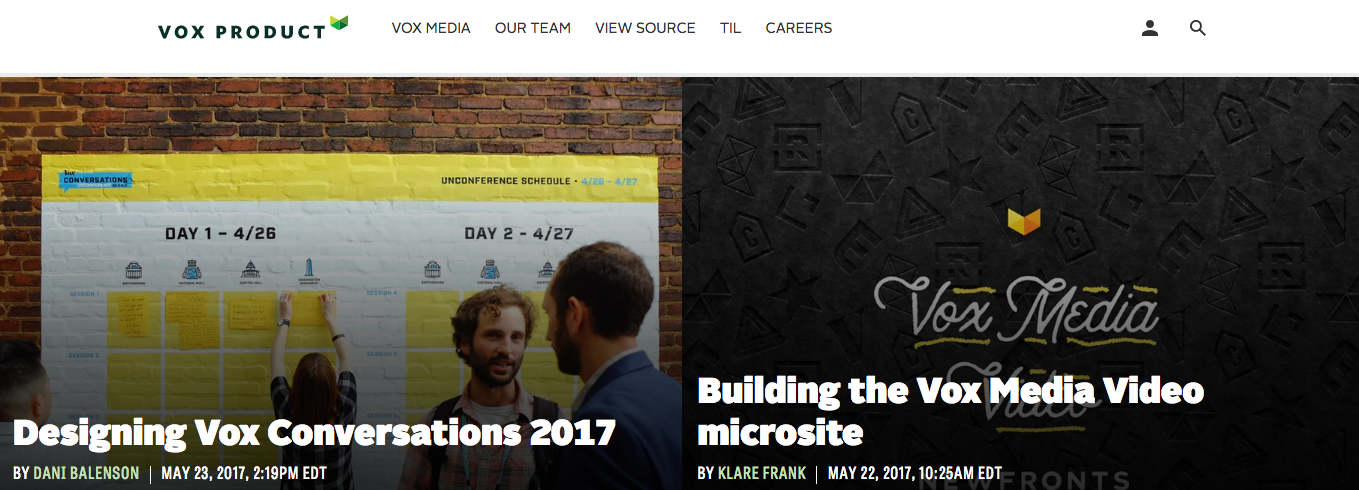
Vox Product publishes helpful stories like “Building the Vox Media Video Microsite” and “Behind Vox.com’s Homepage Refresh“. The articles explain details relevant to front-end engineers and justify important design features. The site also lets Vox differentiate itself from other media outlets covering similar topics. And as an added bonus, it doubles as a recruitment vehicle for designers, engineers, and those generally interested in the technology side of Vox.
Human resources
Best Made’s website is like Glossier for the rugged hipster. For Father’s Day, the homepage, adorned with the ultimate camper funpack of compartmentalized oak luggage, a tackle box, darts, whiskey, and a tin coffee mug, was enough to make any Brooklynite swoon.
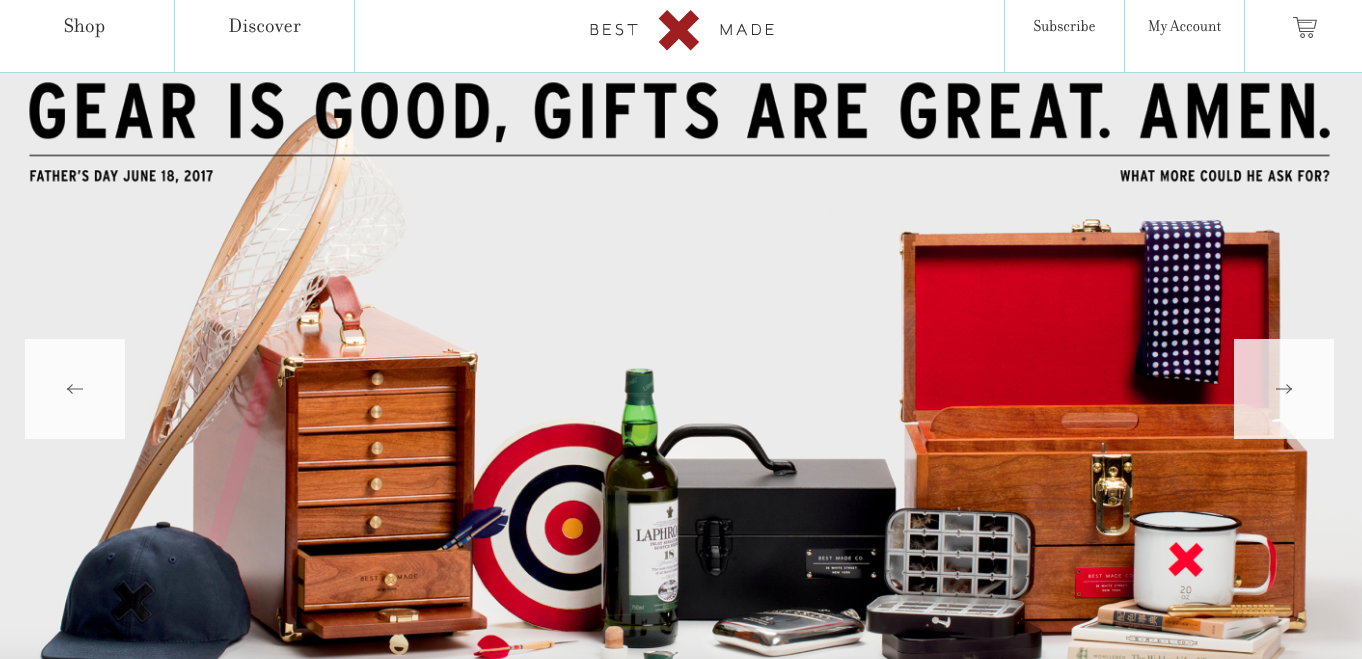
Best Made’s thoughtful design also carries over to its recruitment efforts. On the careers page, the Best Made lays out its employee “campfire” mission, promising a life full of adventure and a forward-thinking workspace. In partnership with The Muse, Best Made showcases the trappings of its Brooklyn office alongside testimonials and stories on office perks like the annual “Weekend Jamboree” camping trip and grants that fund employee sabbaticals.
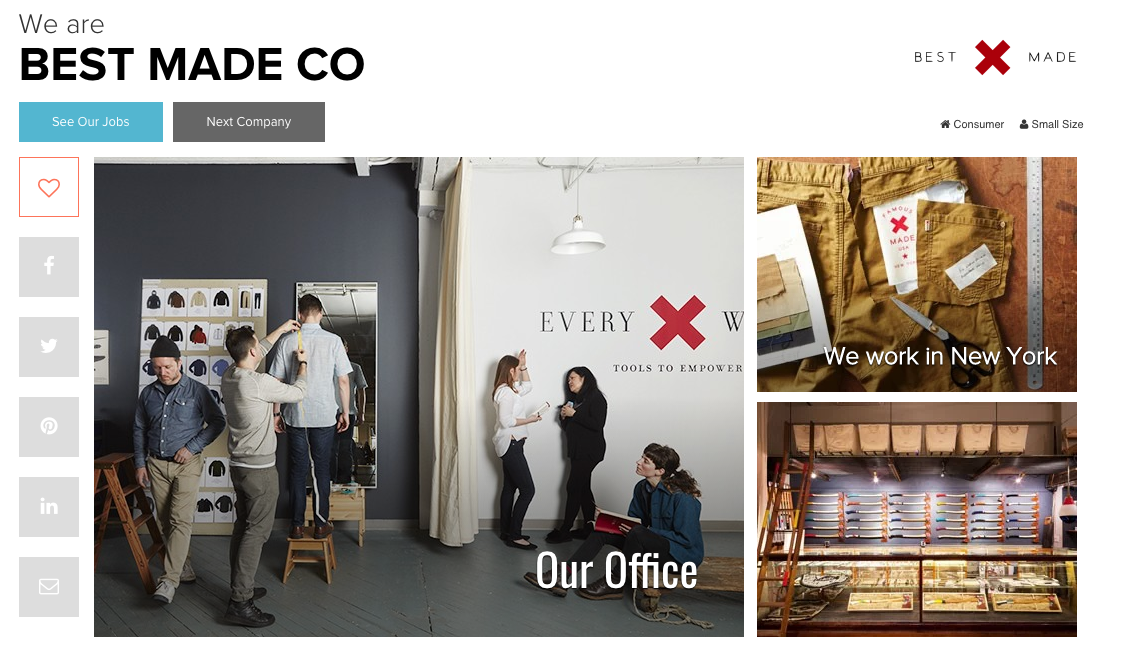
“Even prior to working with Best Made, they were interested in my adventures, specifically my hike of the Pacific Crest Trail,” Michael Laniak, Best Made’s e-commerce marketing manager wrote on The Muse. “Now, after one year with the company, they have elected to sponsor me on my next great adventure.”
While Best Made doesn’t have a typical blog, it’s HR site demonstrates the way companies can use well-designed content to boost recruiting and brand perception.
Public relations
There are generally two types of PR content: company announcements and earned media coverage. While many companies, like General Mills and Coca-Cola, have made the shift from the traditional press release to an audience-first blog, today’s brands also face pressure to publicly declare their values through a political lens.
A few years ago, Johnson & Johnson released a Statement of Human Rights, which promised health care coverage and equity among all employees. AirBnB announced a humanitarian project to house refugees. Heineken showed what compromise could look like between polarized individuals (over a beer). And, on a larger scale, Patagonia developed a documentary video series on the effects of climate change on local communities.
Perhaps the most proactive brand of all has been IKEA, which has made it a priority to support displaced Syrians. In 2015, IKEA developed a solar-powered Better Shelter—which has since housed thousands of displaced people and won Best Design of 2016 from the Design Museum of London. In early 2017, the Swedish company announced its plans to employ over 200,000 refugees in a textile site in Jordan. Both initiatives were picked up by majoe media outlets around the globe from CNN and Mashable to the The Guardian.
Sales
According to analyst powerhouse SiriusDecisions, “at enterprise-level organizations, an average of 65 percent of content is never used by sales reps.” With content marketing spend expected to reach $300 billion by 2019, this statistic is worrisome. If enterprise organizations are investing millions in content development, why aren’t the people responsible for selling their products and services privy to this information?
At Contently, we talk a lot about the importance of sales enablement technology—software that makes it easier for companies to arm their representatives with already approved, on-brand content. We believe in it so much that we developed a system to create our own sales enablement material, which has produced assets like this infographic on what it takes to produce a piece of content. Our sales team could then take this asset and use it during their discussions with prospects.
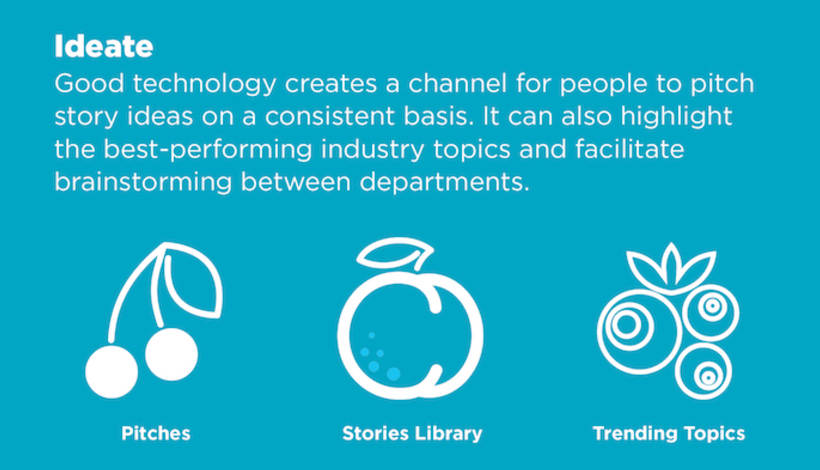
Content was never really just for marketing. These departments have all used content in one way or another for years, but for whatever reason, we’ve assumed that content technology and high-quality original material could only be useful for marketing.
In 2017, we think it’s about time you free yourself and enable your entire organization.



























